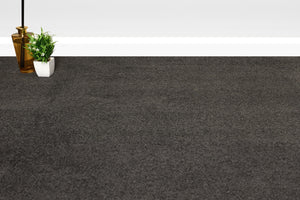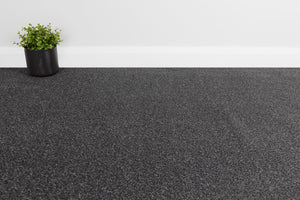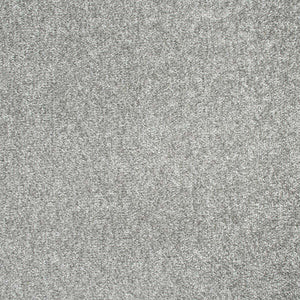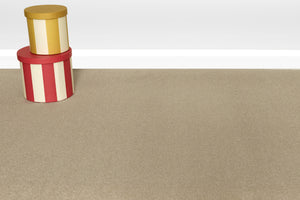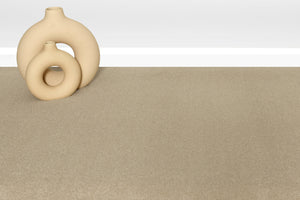
Choosing new flooring can feel overwhelming, especially when you’re comparing two of the most popular options: vinyl flooring and laminate flooring.
Both are stylish, budget-friendly, and offer realistic wood and tile looks but they have important differences that can help you choose the perfect fit for your home.
Below, we’ll break down vinyl vs laminate flooring side by side to make your decision easy.
Table of Contents
-
What Is Vinyl Flooring?
-
What Is Laminate Flooring?
-
Vinyl vs Laminate: Key Differences
-
1. Appearance and Style
-
2. Water Resistance
-
3. Durability and Wear
-
4. Comfort Underfoot
-
5. Installation
-
6. Cost
-
1. Appearance and Style
-
Which Is Best for You?
-
Final Note: Find Your Perfect Floor
What Is Vinyl Flooring?
Vinyl flooring is made from synthetic materials, often in multiple flexible layers. It can be purchased in sheets, planks, or tiles.
- Waterproof (even in bathrooms and kitchens)
- Available in a huge variety of styles, including realistic wood and stone looks
- Easy to clean and maintain
Explore our vinyl flooring collection
What Is Laminate Flooring?
Laminate flooring is a hybrid product, usually built with a fiberboard core and a photographic layer under a clear protective wear layer.
- Feels more rigid underfoot
- Often more realistic wood grain texture
- Easy to install with click-lock systems
Browse our laminate flooring range
Vinyl vs Laminate: Key Differences
1. Appearance and Style
Vinyl:
-
Highly realistic wood effect vinyl flooring, tile vinyl flooring, and stone patterns
-
Wide variety of colours and styles
-
Can have embossed textures
Laminate:
-
Excellent wood grain visuals in both herringbone laminate and plank laminate patterns.
-
Slightly more rigid feel and appearance
-
Can have beveled edges for real plank look
2. Water Resistance
Vinyl:
Laminate:
-
Water-resistant options available
-
Still not ideal for very wet areas
-
Spills should be cleaned quickly
3. Durability and Wear
Vinyl:
-
Tough wear layers resist scuffs and scratches
-
Excellent for high-traffic areas
-
Soft, flexible under stress
Laminate:
-
Hard, rigid surface resists dents
-
Good scratch resistance
-
May show edge swelling if exposed to water
4. Comfort Underfoot
Vinyl:
-
Softer and warmer feel
-
Quiet underfoot
-
Can be paired with cushioned backing
Laminate:
-
Firmer and more solid
-
Slightly louder under footfalls
-
Underlay can improve comfort
5. Installation
Vinyl:
-
Glue down options
-
Can go over many subfloors
-
DIY-friendly
Laminate:
-
Mostly click-lock floating floor
-
Easy for DIYers
-
Needs underlay for best results
6. Cost
Both are budget-friendly compared to hardwood or tile.
Vinyl:
-
Generally cheaper per m²
-
Lower-cost installation options
Laminate:
-
Slightly higher price for premium styles
-
Comparable overall install cost
Which Is Best for You?
-
Choose Vinyl if you need waterproof flooring for kitchens, bathrooms, or basements.
-
Choose Laminate for a realistic wood look in living rooms, bedrooms, and hallways.
-
Both are excellent choices for stylish, affordable, low-maintenance flooring.
Final Note: Find Your Perfect Floor
Whether you choose vinyl flooring or laminate flooring, you’ll get beautiful results that last for years.
Our team is here to help you choose the right style, get samples, and plan your installation.
